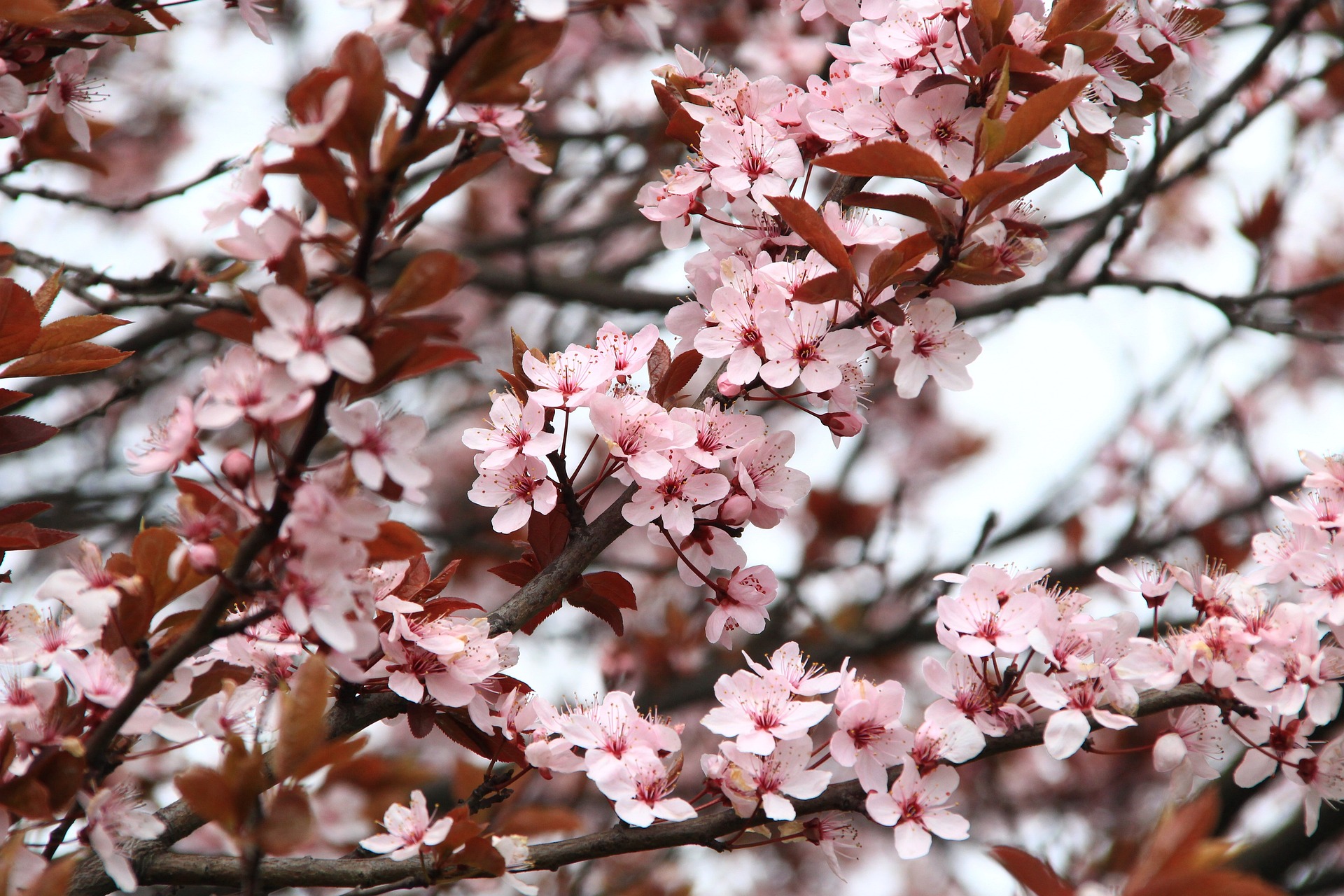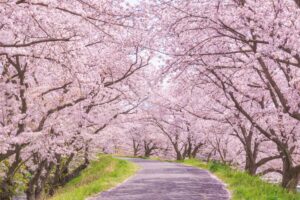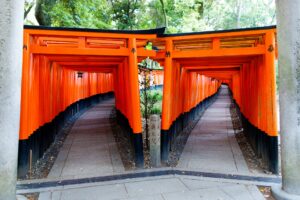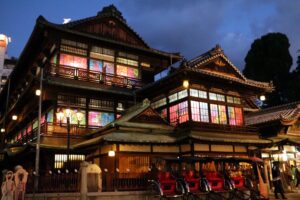This comprehensive guide delves into the enchanting world of sakura, Japan’s iconic cherry blossoms. Explore the cultural and historical significance of sakura, discover the best locations and times for viewing, learn about cherry blossom festivals, and gain insights into sakura varieties and etiquette. Whether you’re planning a trip to Japan or simply wish to understand the beauty and symbolism of these blossoms, this guide has everything you need.
What are Sakura?
Sakura, also known as cherry blossoms, are among the most iconic symbols of Japan. These delicate flowers bloom in various shades of pink and white, typically in the spring.
The significance of sakura in Japanese culture is profound, symbolizing the fleeting nature of life, beauty, and renewal. Historically, cherry blossoms have been celebrated for centuries, with “Hanami (cherry blossom viewing)” becoming a popular practice during the Heian period (794-1185). This tradition involves gathering under blooming cherry trees to appreciate their beauty and enjoy seasonal foods and drinks.
The History of Sakura
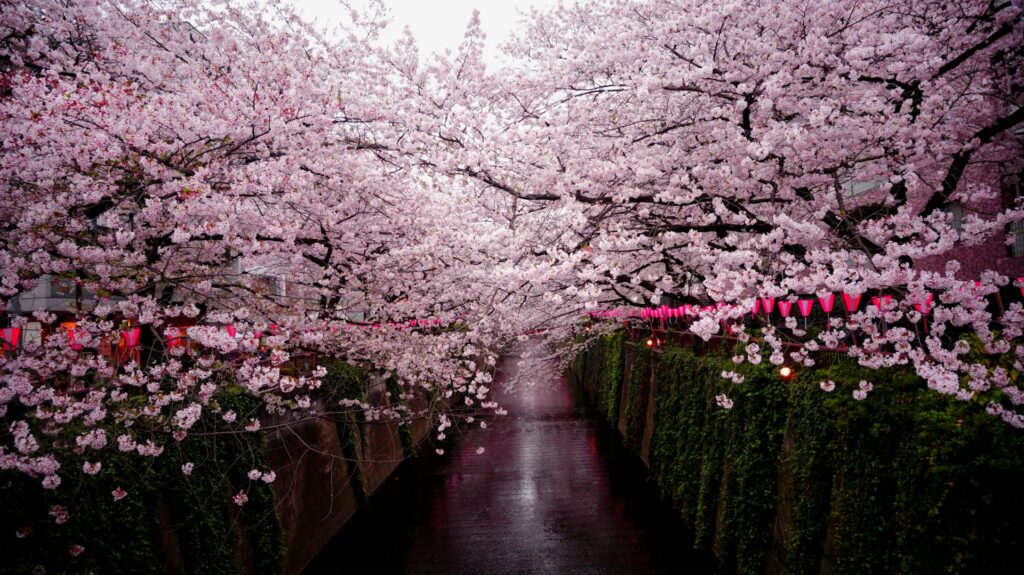
The history of sakura is deeply intertwined with Japanese culture and tradition. The practice of hanami began in the Nara period (710-794), initially involving plum blossoms, but later shifting to cherry blossoms. The Heian period saw the aristocracy popularize this practice, and it eventually spread to the samurai class and then the common people. Historical figures such as Emperor Saga, who held lavish cherry blossom-viewing parties, played a significant role in this cultural shift.
Over the centuries, hanami evolved, with different regions developing their own unique customs and traditions.
Sakura Symbolism
Sakura holds a significant place in Japanese art, literature, and philosophy. They symbolize the transient nature of life, often associated with the concept of “mono no aware,” which reflects the beauty and sadness of impermanence.
In modern times, sakura has also come to symbolize hope and new beginnings, particularly in the context of the new school and fiscal years in Japan, which start in April. The global influence of sakura is evident in its presence in various cultural products, from anime to fashion, highlighting its enduring appeal.
Best Times and Places to See Sakura
The cherry blossom season in Japan varies depending on the region and the weather conditions each year. Typically, sakura bloom from late March to early April.
Tokyo, Kyoto, and Osaka are among the most popular cities for cherry blossom viewing, each offering unique experiences and picturesque spots.
Lesser-known locations, such as Hirosaki in Aomori Prefecture and Yoshino in Nara Prefecture, also provide stunning views and fewer crowds.
Planning a hanami trip involves checking bloom forecasts, which are regularly updated by meteorological agencies.
Cherry Blossom Forecast
Cherry blossom forecasts are crucial for planning a successful hanami trip. These forecasts predict the blooming periods of sakura across different regions, allowing travelers to time their visits perfectly. The forecasts are based on temperature patterns and historical data, providing a reliable guide for enthusiasts. Utilizing these forecasts helps avoid the disappointment of missing the peak bloom, ensuring a memorable experience.
Top Viewing Spots in Japan
Japan is home to numerous renowned cherry blossom viewing spots.

In Tokyo, Ueno Park and Shinjuku Gyoen are popular choices, while Kyoto offers the breathtaking Maruyama Park and the Philosopher’s Path.
Hokkaido, with its later blooming season, features stunning locations like Matsumae Park and Goryokaku Fort.
For those seeking less crowded places, hidden gems such as Kakunodate in Akita Prefecture or the Fuji Five Lakes region offer equally spectacular views.
Sakura Festivals and Traditions
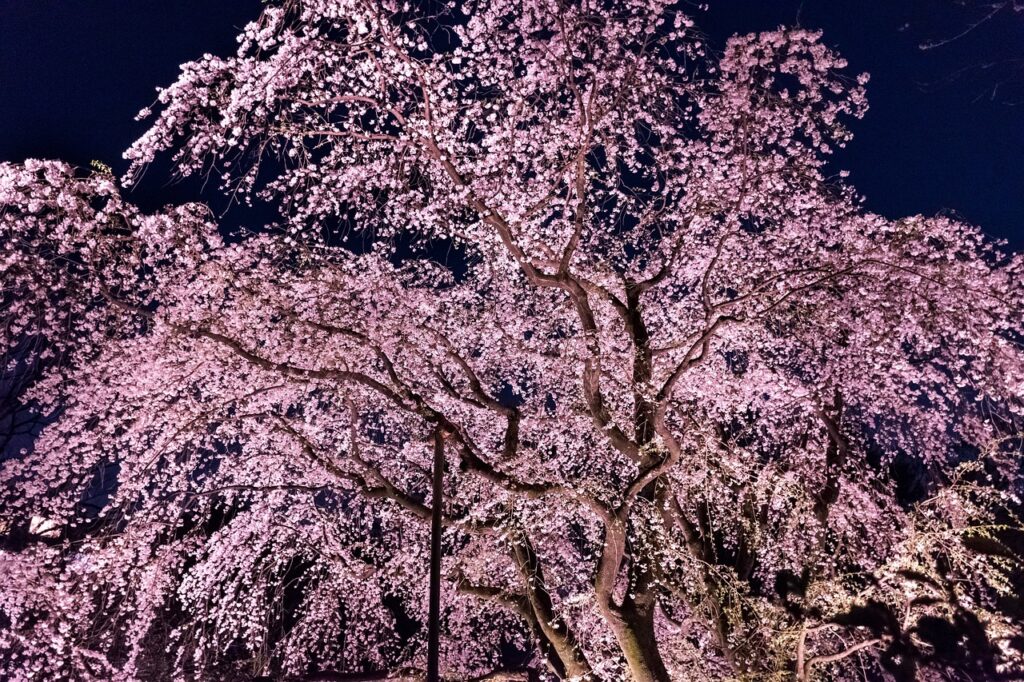
Cherry blossom festivals, or sakura matsuri, are celebrated across Japan, featuring food stalls, traditional performances, and various activities. Major festivals, such as the Tokyo Cherry Blossom Festival and the Hirosaki Cherry Blossom Festival, attract thousands of visitors. These festivals often include evening illuminations, creating a magical atmosphere under the blooming trees.
Participating in hanami involves certain etiquettes, such as respecting the trees, cleaning up after picnics, and considering others enjoying the view.
Major Festivals
Key cherry blossom festivals highlight the cultural richness and community spirit of Japan.
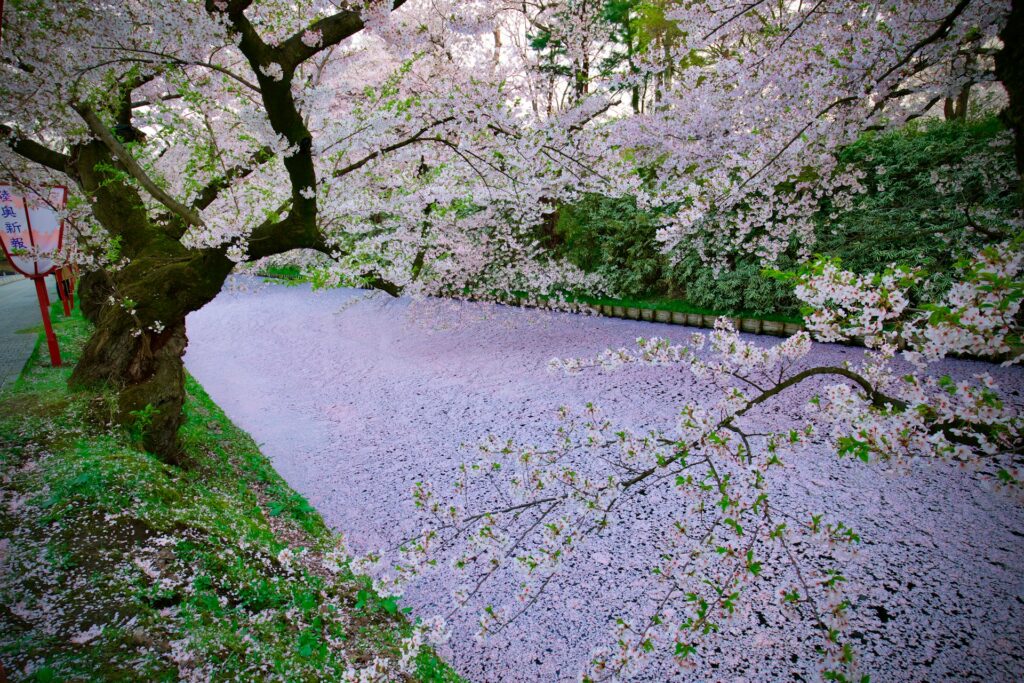
The Hirosaki Cherry Blossom Festival, held in Hirosaki Park, is famous for its stunning “tunnel” of cherry blossoms.
In Kyoto, the Maruyama Park Cherry Blossom Festival offers a blend of traditional and modern festivities.
Each festival provides a unique experience, showcasing regional customs and local delicacies.
Hanami Etiquette
Respectful hanami practices ensure that everyone can enjoy the beauty of sakura. It’s important to avoid shaking the trees or picking the blossoms. Cleanliness is highly valued, so bringing trash bags and cleaning up after picnics is essential. Being mindful of noise levels and personal space enhances the experience for everyone.
Observing these etiquettes reflects the cultural appreciation and respect integral to hanami.
Sakura Varieties and Species
There are over 600 varieties of cherry blossoms in Japan, each with unique characteristics.
The Somei Yoshino is the most common, known for its pale pink petals and abundant clusters.
Yamazakura and Shidarezakura (weeping cherry) are also popular, offering diverse colors and forms.
Each variety has its own blooming period, adding to the season’s dynamic beauty.
Popular Sakura Species
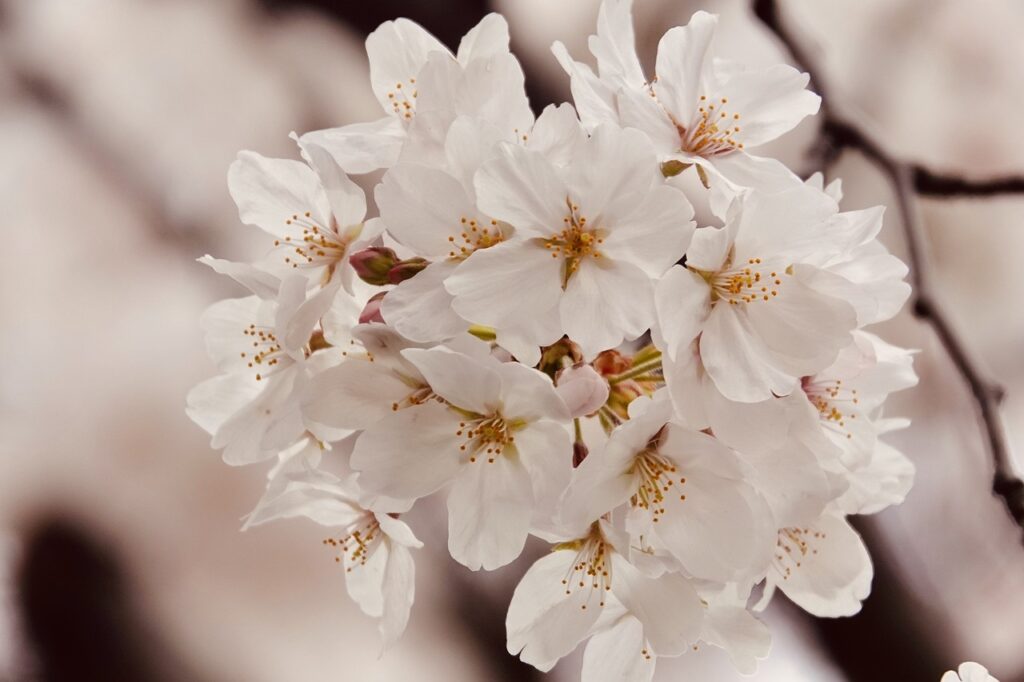
The Somei Yoshino, developed during the Edo period, is renowned for its uniform and prolific blooms. Yamazakura, native to Japan’s mountains, displays a mix of white and pale pink flowers. Shidarezakura, with its cascading branches, creates a dramatic and picturesque scene.
These species are widely planted in parks and gardens, each contributing to the varied tapestry of sakura.
Unique and Rare Varieties
Less common sakura species, such as the Ukon with its yellowish flowers and the Kikuzakura, which has a chrysanthemum-like appearance, offer unique viewing experiences.
These rare varieties can often be found in specialized gardens and less frequented locations, providing a quieter, more intimate hanami experience.
Sakura in Pop Culture
Cherry blossoms are a prominent motif in Japanese media, literature, and art.
They frequently appear in anime, symbolizing themes of transience and beauty.
In literature, sakura often represents ephemerality and poignant beauty, resonating deeply with readers.
Globally, the influence of sakura extends to fashion, film, and even international cherry blossom festivals, showcasing its universal appeal.
Sakura in Media
Anime and movies often feature cherry blossom scenes, enhancing narratives with their symbolic beauty.
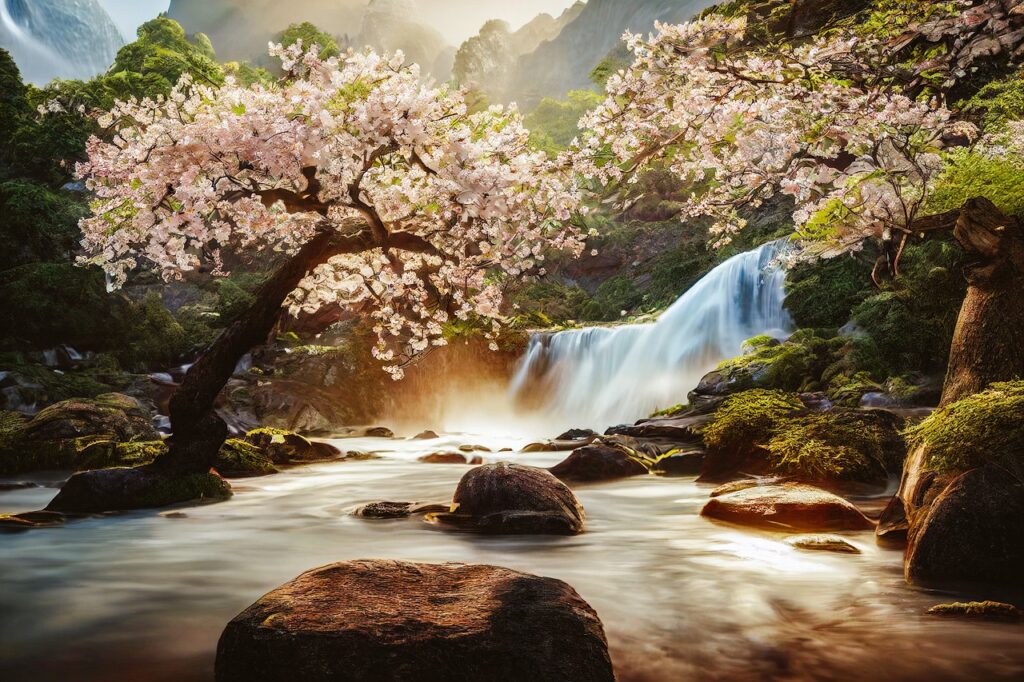
Literary works, such as those by Yukio Mishima and Haruki Murakami, frequently incorporate sakura to evoke emotion and depth. These cultural products highlight the multifaceted symbolism of cherry blossoms, enriching stories with layers of meaning.
Sakura-Themed Products and Souvenirs
Sakura-themed items, from confectioneries to cosmetics, are popular during the cherry blossom season. Specialty stores and souvenir shops offer a wide range of products, including sakura-flavored snacks, sakura-scented candles, and beautifully crafted cherry blossom-themed accessories.
These items make for unique and memorable keepsakes from Japan.
Environmental Impact of Sakura
The ecological effects of cherry blossom trees are a topic of ongoing study. These trees support local ecosystems, providing habitats for various species.
However, urban development poses challenges, with efforts underway to balance conservation with modernization. Climate change also affects blooming patterns, prompting research into adaptive conservation strategies.
Conservation Efforts
Initiatives to preserve cherry blossom trees include planting new trees and maintaining existing ones in urban and rural areas.
Community involvement, such as volunteer planting programs and educational campaigns, plays a crucial role in these efforts. Sustainable practices ensure that future generations can continue to enjoy the beauty of sakura.
Environmental Challenges
Climate change is altering the blooming patterns of cherry blossoms, leading to unpredictable seasons.
Urbanization and pollution further threaten these trees, necessitating proactive conservation measures. Research and community action are vital to addressing these challenges and preserving the cultural and natural heritage of sakura.

